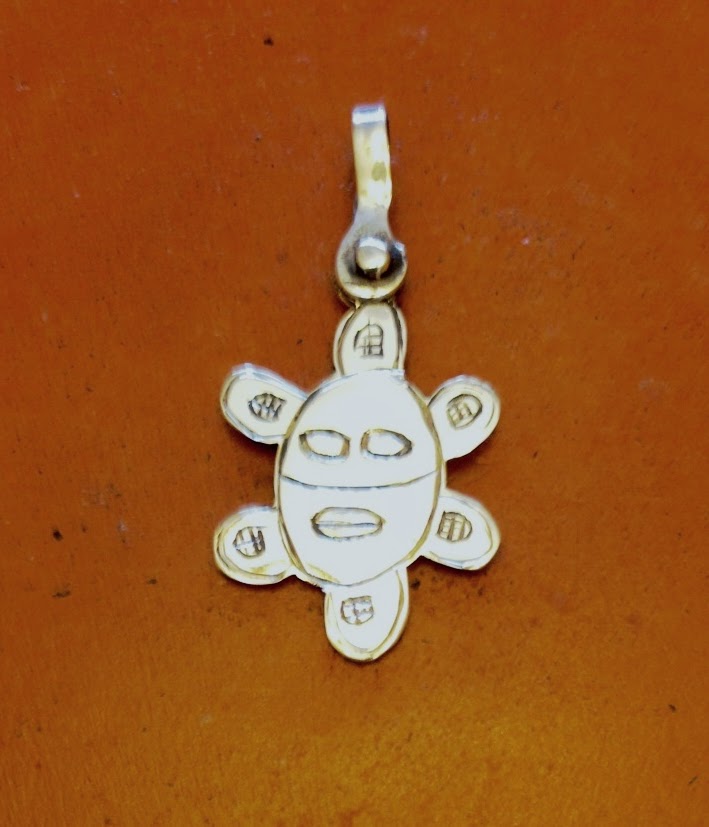El Sol de Jayuya es un petroglifo encontrado en el Mural Indígena de Zamas, ubicado en el barrio del mismo nombre, en Jayuya, en la finca del agricultor don Luis Reyes. La palabra petroglifo significa "tallado en piedra".
Se cree que éste y muchos otros petroglifos que se encuentran en dicho lugar, fueron tallados en bajo relieve por el indio taíno que habitó en Boriquén desde la época precolombina (antes del 1493).
El Dr. Ricardo Alegría, destacado arqueólogo e historiador puertorriqueño, cree que, en conjunto, estos petroglifos constituyen el mural más completo de las Antillas.
Nadie sabe a ciencia cierta lo que son los petroglifos. Algunos historiadores, arqueólogos y otros estudiosos de la historia de nuestros indios, creen que se trata de símbolos artísticos o de escritura. Otros opinan que se trata de signos teogónicos, ya que el indio taíno era profundamente religioso. Tenía conciencia de un Dios superior que llamaban en su lengua Yocahú Vagua Maorocotí. El historiador Padre Bartolomé de las Casas, respecto a ésto, nos dice: "La gente de esta isla Española tenía cierta fe y conocimiento de un verdadero y solo Dios...y lo nombraban Yocahú Vagua Maorocotí". Tenían además, sus dioses menores llamados "Cemíes" que representaban el espíritu del bien, o a los dioses tutelares. Cuando un Cacique moría hacían un cemí a su memoria.



No comments:
Post a Comment